A block of mass m1=20kg as placed on a wedge of mass m2=30kg rest on a smooth flooras shpwn in Fig (a) . Friction exists between block and wedge.
a. Find the acceleration of each block if (i) F=180N and (ii) F=400N
b. Solve the problem if force F=180N is direction upwards as shown in Fig (b)
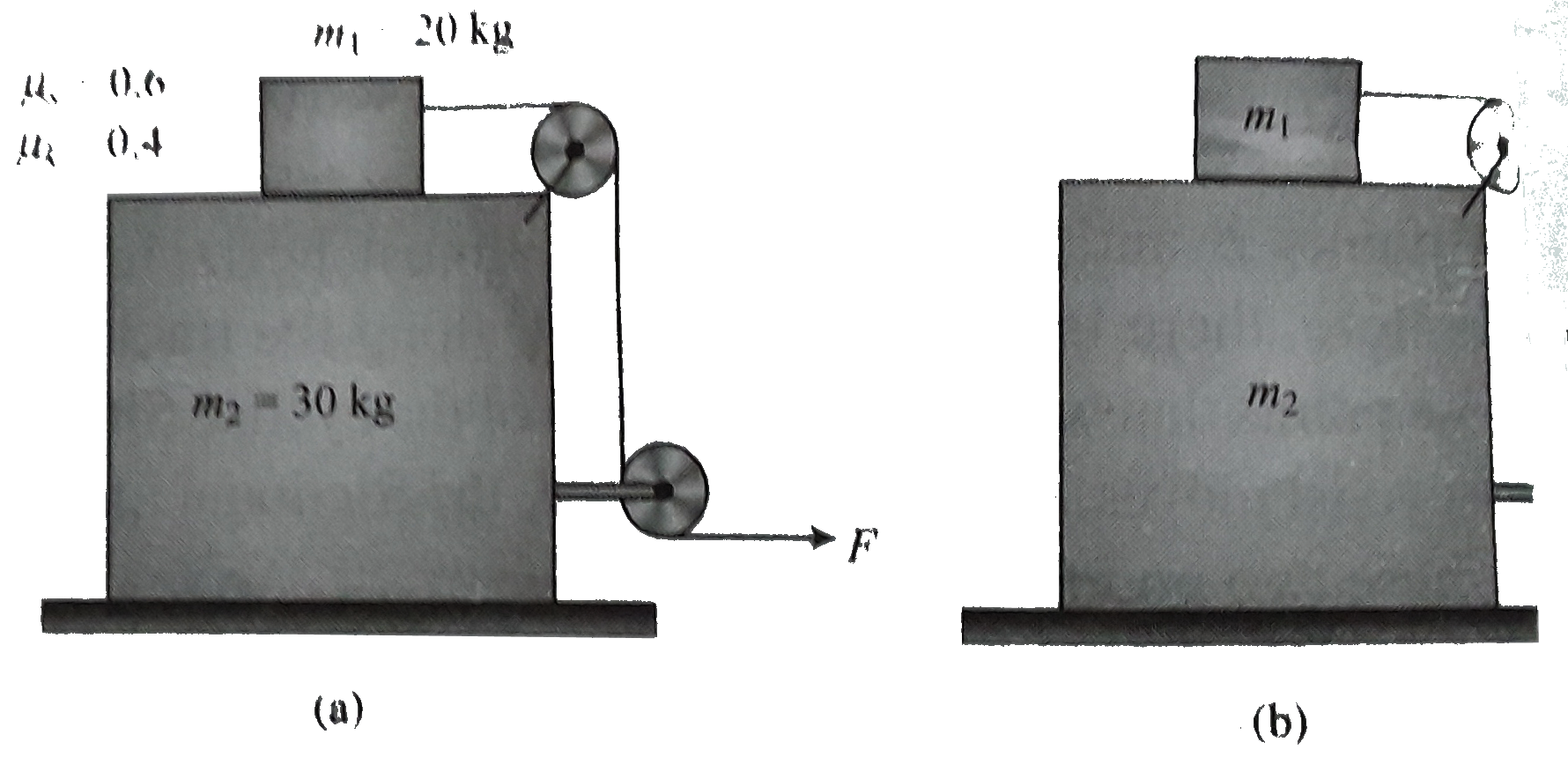
a. Assume that the system move together and friction between m1andm2 is static nature
Common acceleration
a=F(m1+m2)=F(20+30)=F50ms−2
For block F−f=20a
For wedge f+F−F=30a
orf=30a
From (i) and (ii) f=30(F50)⇒f=35F
If friction is of static nature f≤μsN
23F≤0.6×20×10⇒F≤200N
orFmax=200N
For case (i) , F=180N<Fmax
Hence friction will be of static nature and will move with common acceleration
a1=a2=180(20+30)=185ms−2
For case (ii) F=400N>Fmax
The friction will be of kinetic nature both the block and the wedge will move with different acceleration .The friction between the block and wedges
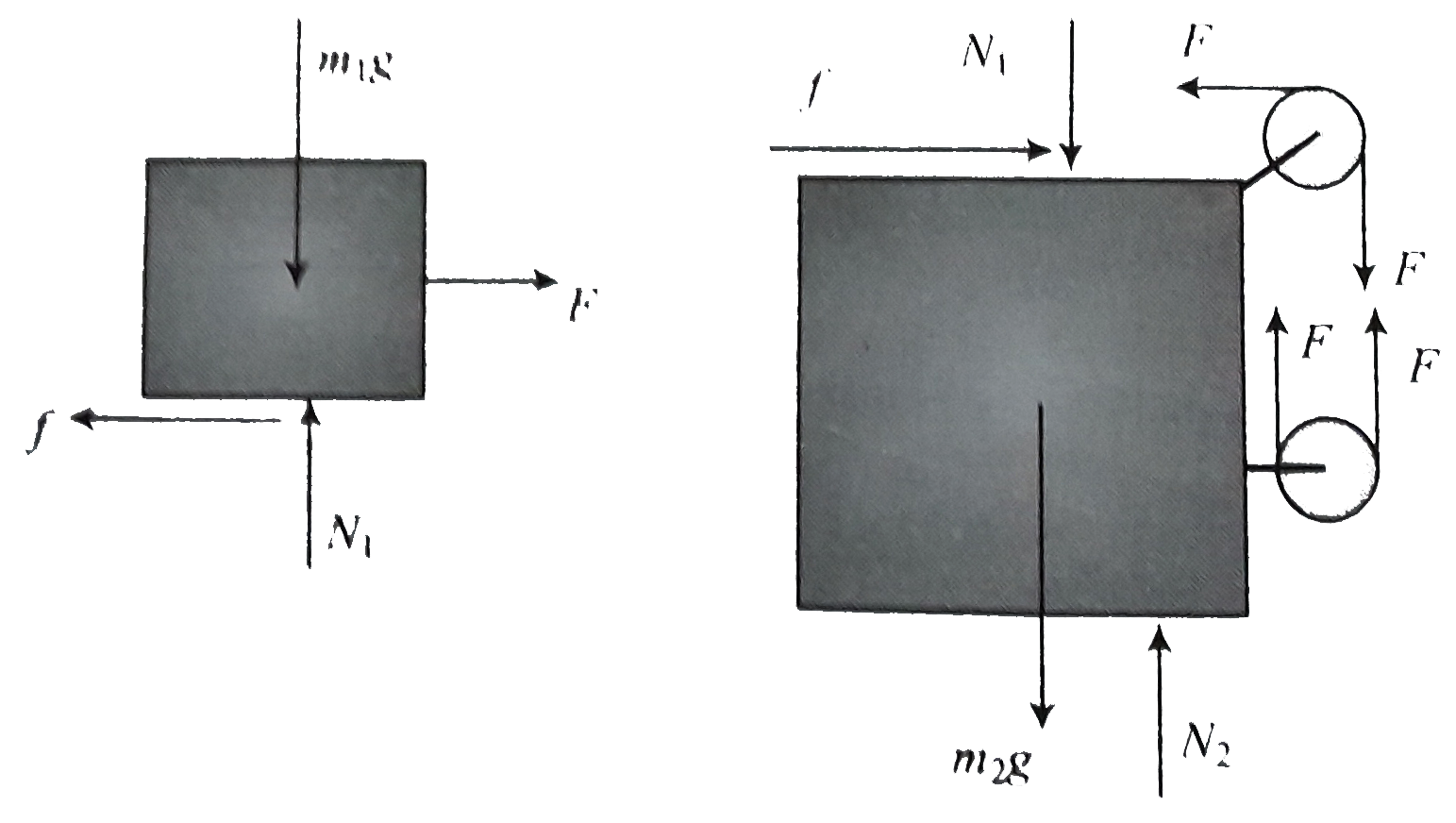
fk=μN=0.4×20×10=80N
Acceleration of block, a1=400−8020=16ms−2
Acceleration of wedge, a2=803083=16ms−2
b. First we will determine the force for which block and wedge move in combination .From Newton's acceond law the equation are
Block F−f=m1a
f−F=m2a
On solving the above equation simulaneously , we obtain
a=0F=f
For no sliding f≤μsN
f≤0.6×20×10
or fmax=120N
Here F is greater than 120N therefore occure New equation are
Block : −μsm1g=m1a1
a1=5ms−2
Wedge: μkm1g−F=m2a2
a2=−3.33ms−2
Topper's Solved these Questions
- NEWTON'S LAWS OF MOTION 2Book:CENGAGE PHYSICS ENGLISHChapter:NEWTON'S LAWS OF MOTION 2Exercise:Exercise 7.1
Explore 25 Videos
- NEWTON'S LAWS OF MOTION 2Book:CENGAGE PHYSICS ENGLISHChapter:NEWTON'S LAWS OF MOTION 2Exercise:Exercise 7.2
Explore 16 Videos
- NEWTON'S LAWS OF MOTION 2Book:CENGAGE PHYSICS ENGLISHChapter:NEWTON'S LAWS OF MOTION 2Exercise:Integer type
Explore 1 Video
- NEWTON'S LAWS OF MOTION 1Book:CENGAGE PHYSICS ENGLISHChapter:NEWTON'S LAWS OF MOTION 1Exercise:Integer
Explore 5 Videos
- PROPERTIES OF SOLIDS AND FLUIDSBook:CENGAGE PHYSICS ENGLISHChapter:PROPERTIES OF SOLIDS AND FLUIDSExercise:INTEGER_TYPE
Explore 2 Videos
Similar Questions
Two blocks of mass m and 2m are arranged on a wedge that is fixedd on a horizontal surface. Friction coefficient between the block and wedge are shown . Find the magnitude of acceleration of two blocks.
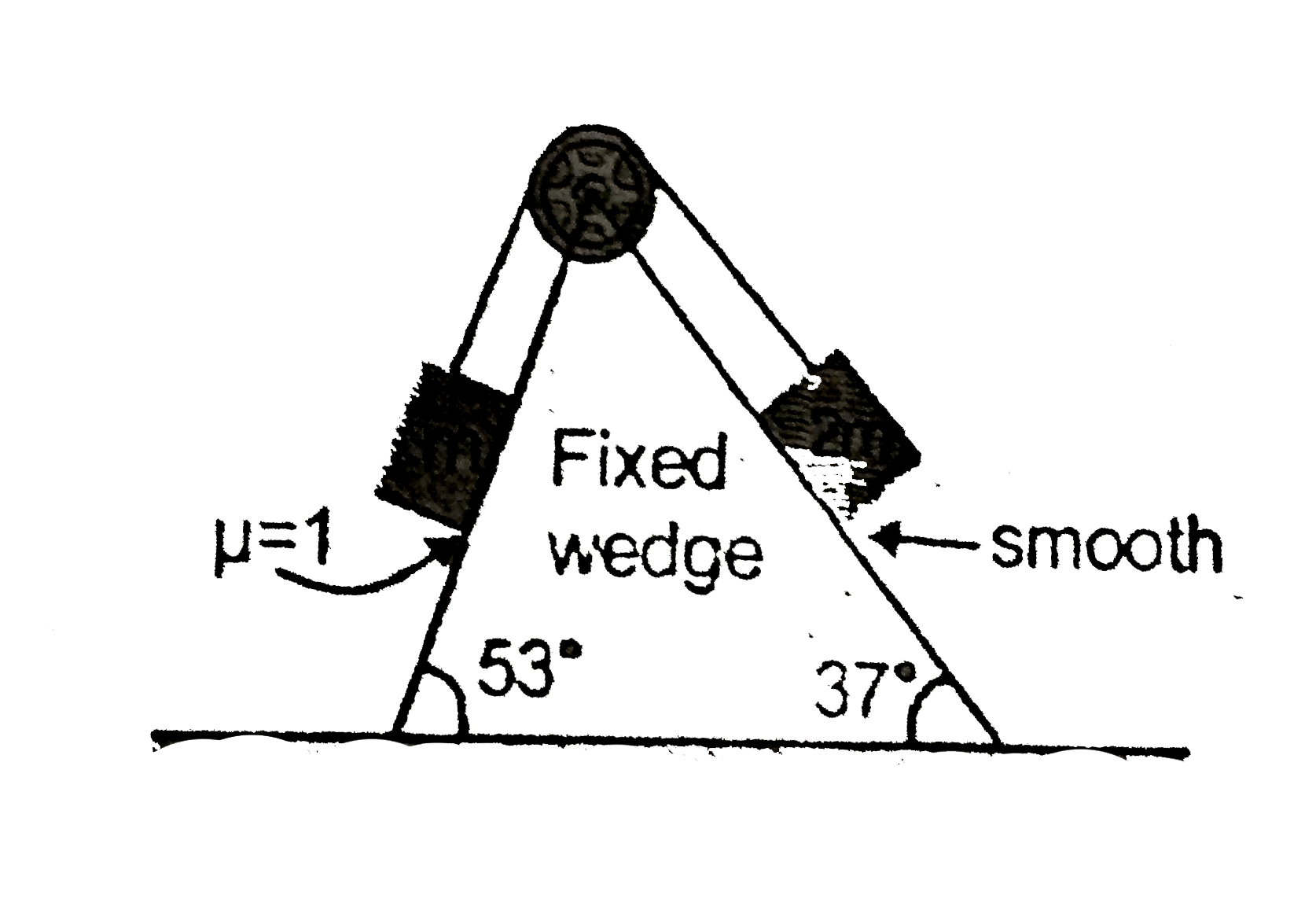
View SolutionBlock B rests on surface . If the coefficient of static friction between A and B is μ=0.4. Determine the acceleration of each , if
(a) F=30N and
(b) F=250N(g=10m/s2)
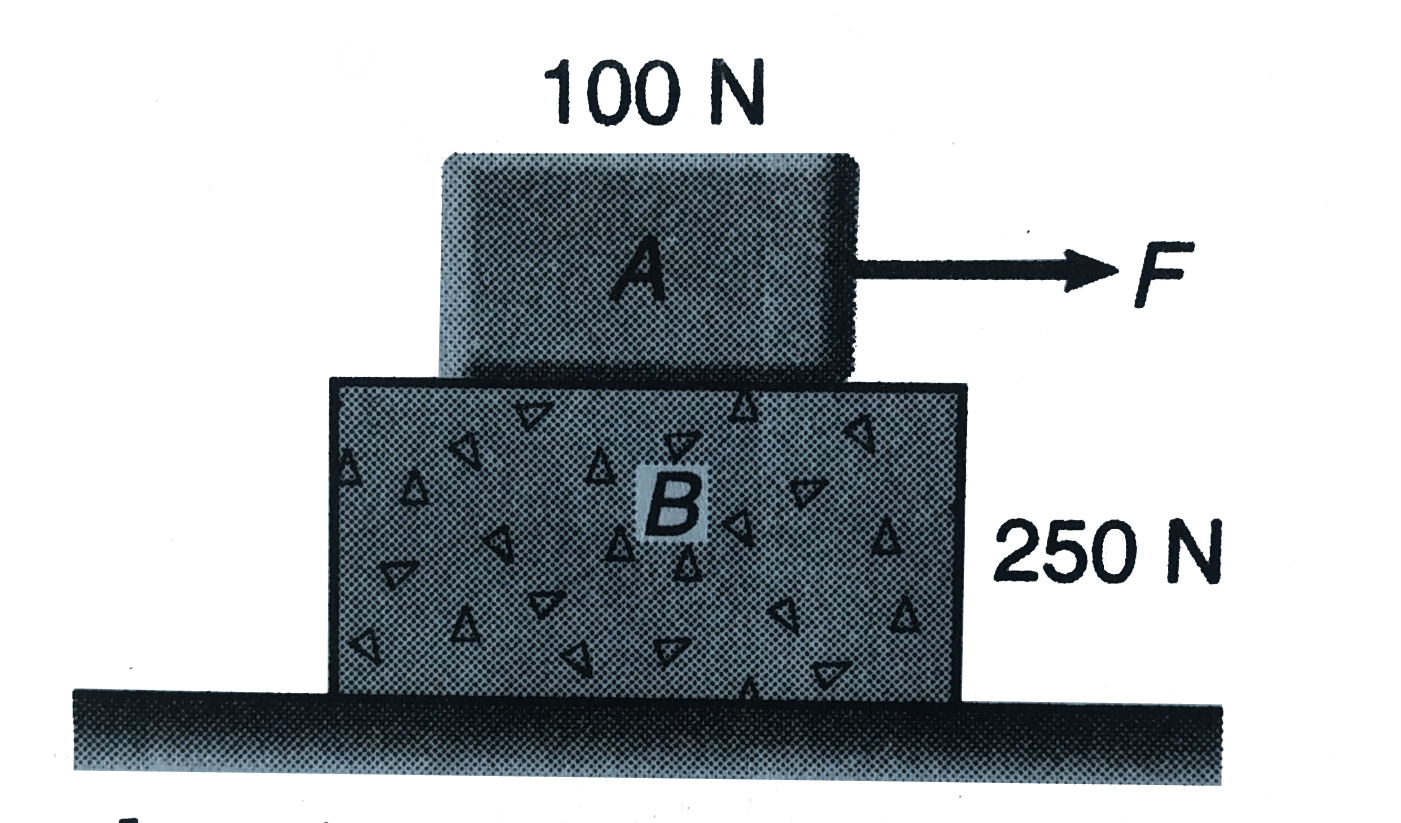
View SolutionA block of mass m is placed at rest on a smooth wedge of mass M placed at rest on a smooth horizontal surface. As the system is released
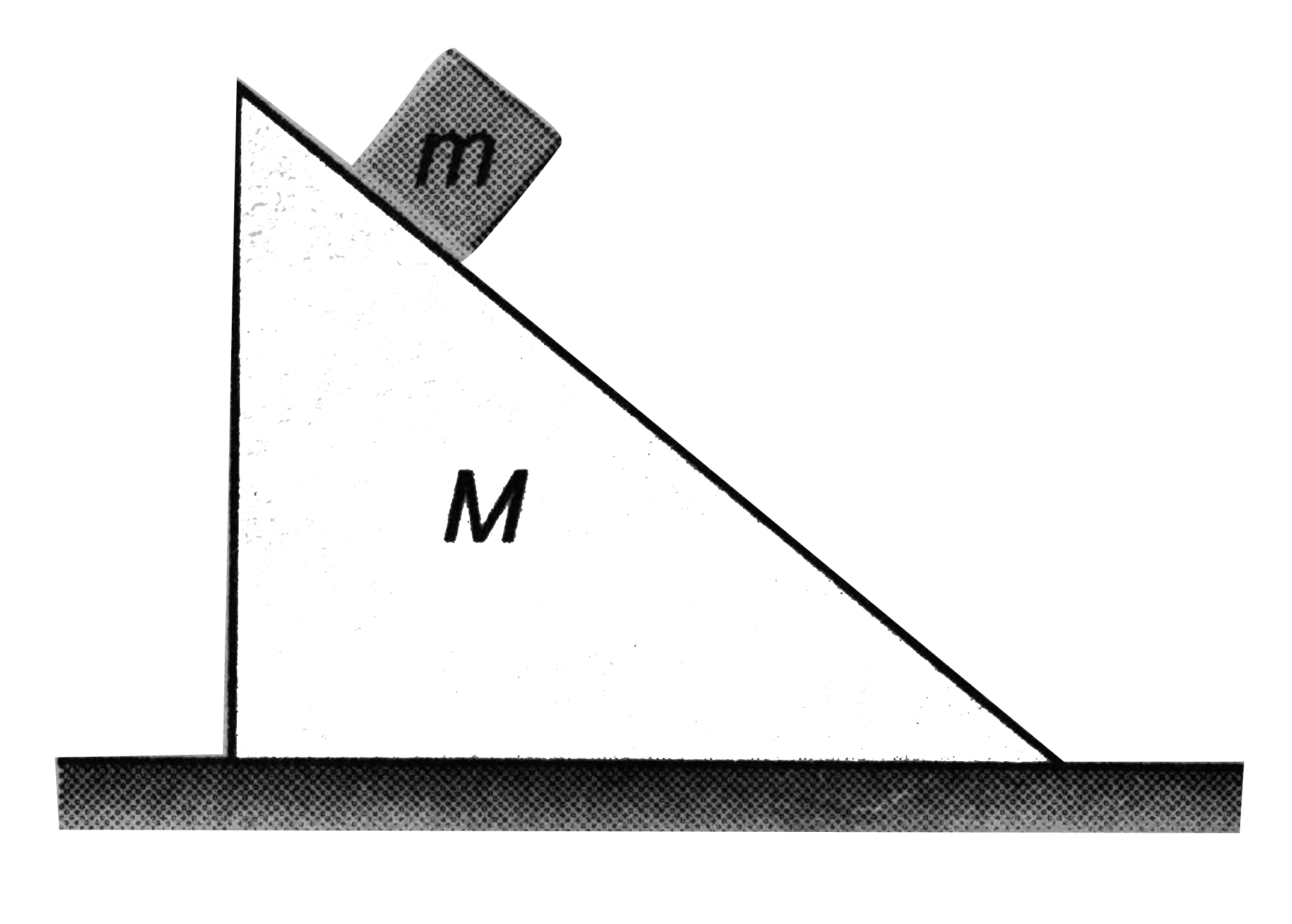
View SolutionTwo block of masses m1andm2 are placed side by side on a smooth horizontal surface as shown in fig. A horizontal force F is applied on the block .
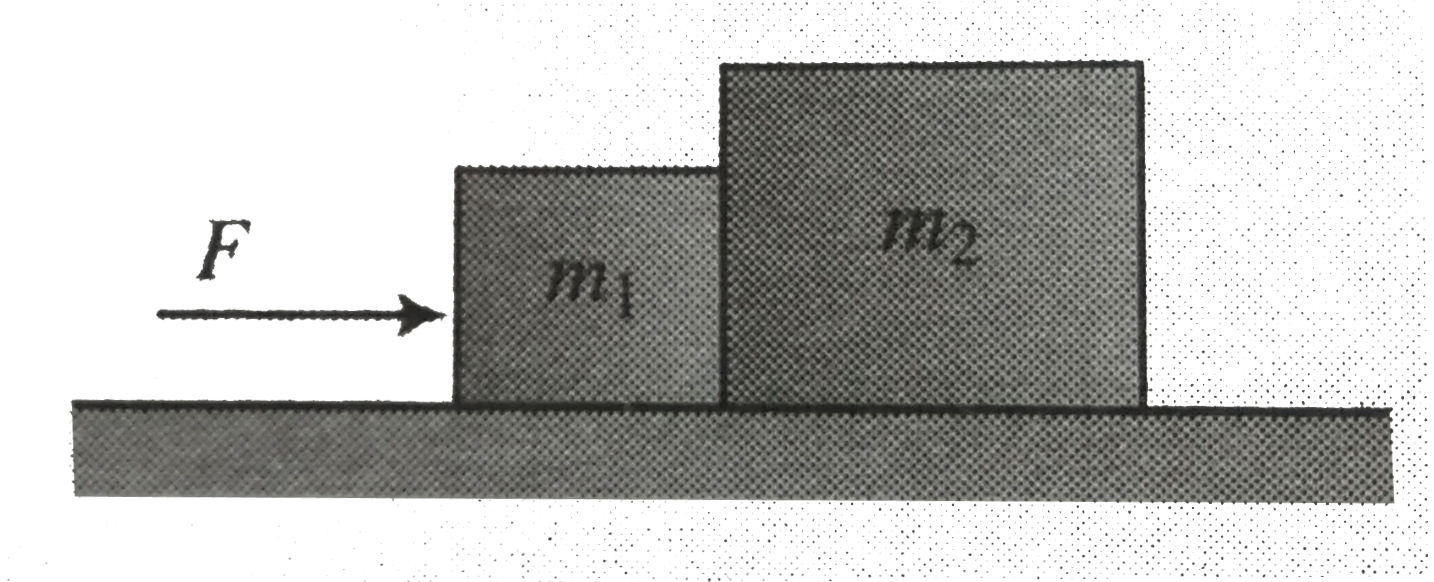
(a) Find the acceleration of each block.
(b) Find the normal reaction between the two blocks.
View SolutionBlock B rests on a smooth surface .The coefficient of static friction between A and B is μ=0.4 where F=30N then
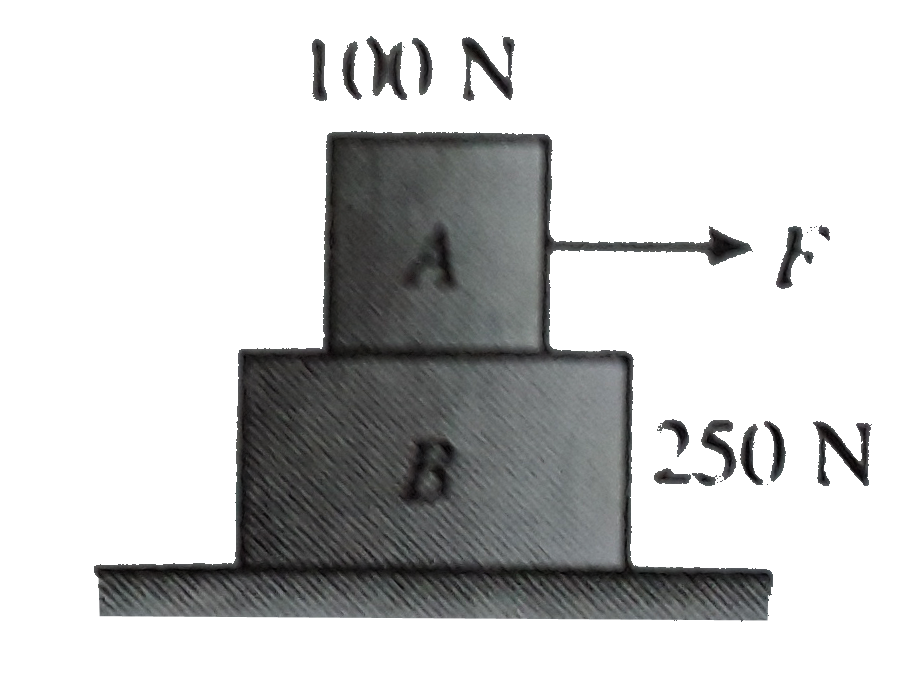
Acceleration of upper block is
View SolutionA block of mass "5kg" is placed on a wedge having inclination of 37∘ with the horizontal. Coefficient of friction between block and wedge is 0.8. Then select the correct statement.

View SolutionTwo block A and B are arrenged as shown in figure (mA=5kgandmB=10kg) Find the acceleration of blocks if F=40N
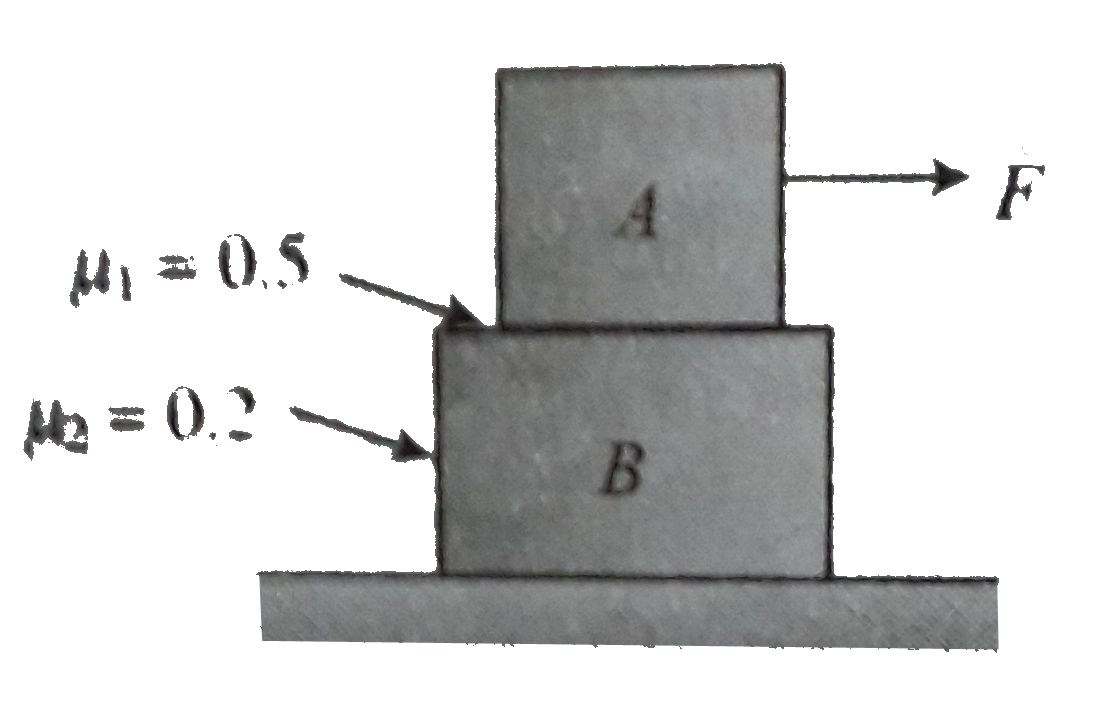
View SolutionTwo blocks of masses 1 kg and 2 kg are placed in contact on a smooth horizontal surface as shown in fig. A horizontal force of 6N is applied d(a) on a 1-kg block. Find the force of interaction of the blocks.
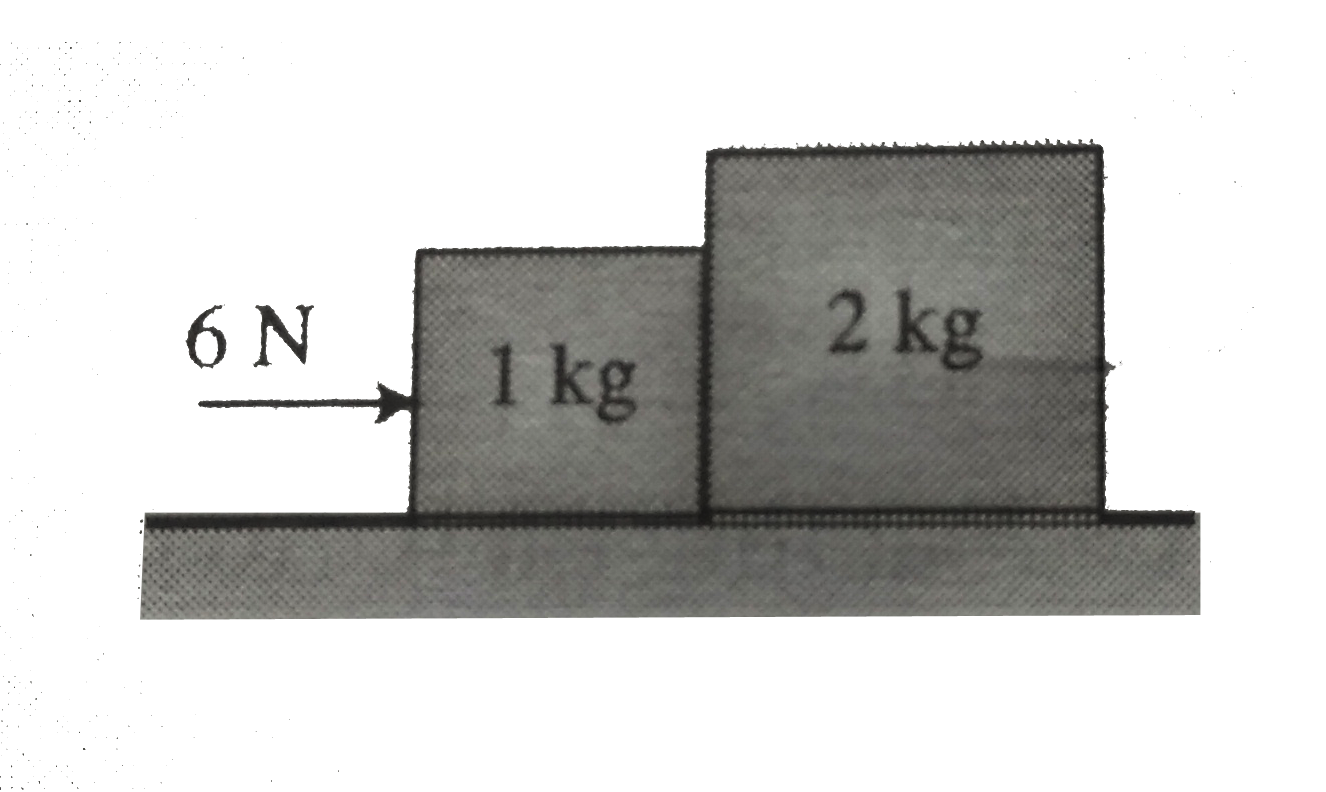
 .
.
View SolutionA block mass m=2kg is accelerating by a force F=20N applied on a smooth light pully as shown in fig 7.86 If the coefficient of kinetic friction between the block and the surface is μ=0.3 find its acceleration
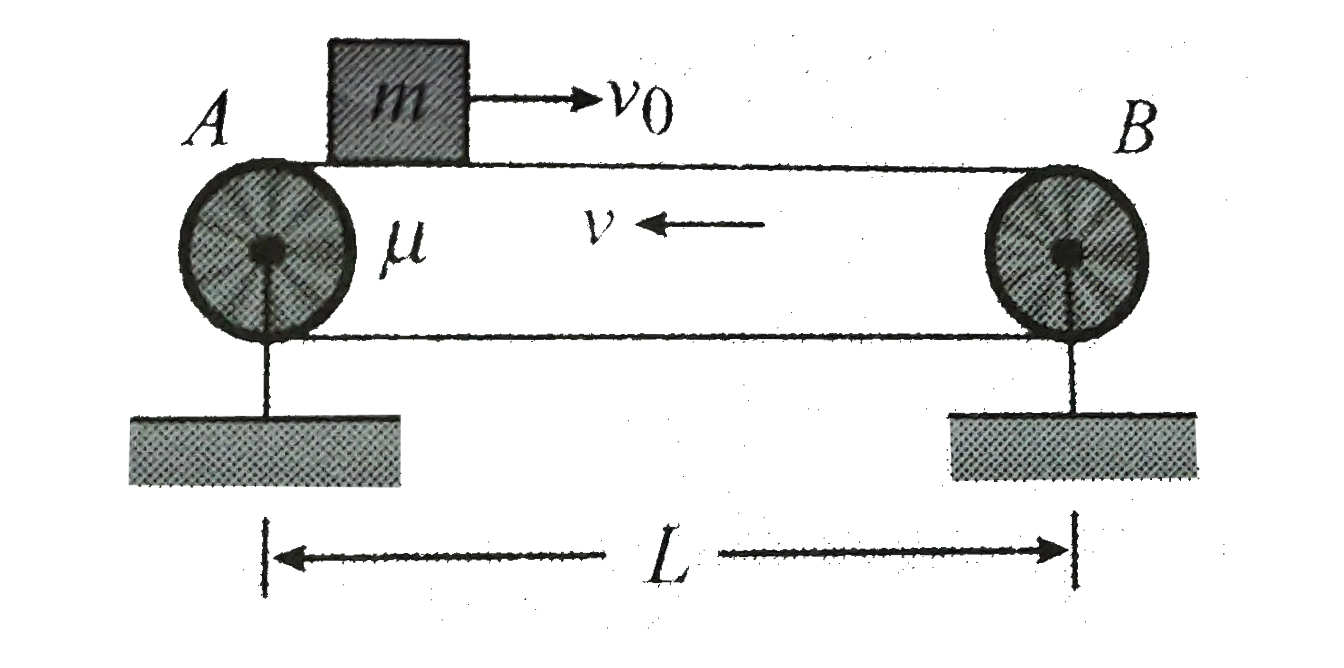
View SolutionA block of mass m slides down on inclined wedge of same mass m as shown in figure . Friction is absent everywhere . Acceleration of centre of mass of the block and wedge is
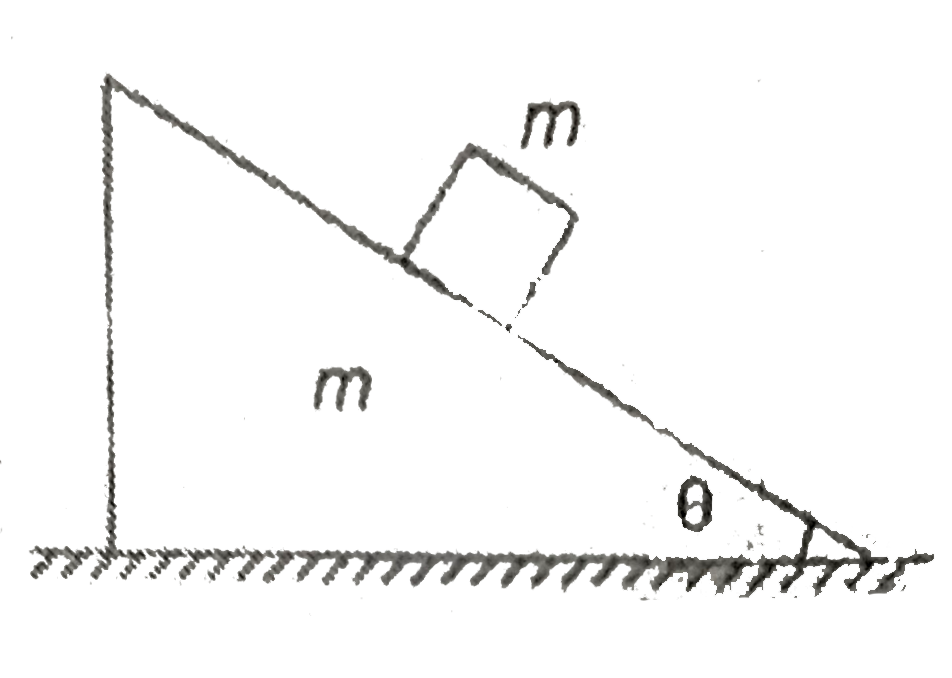
View Solution
